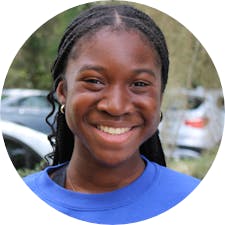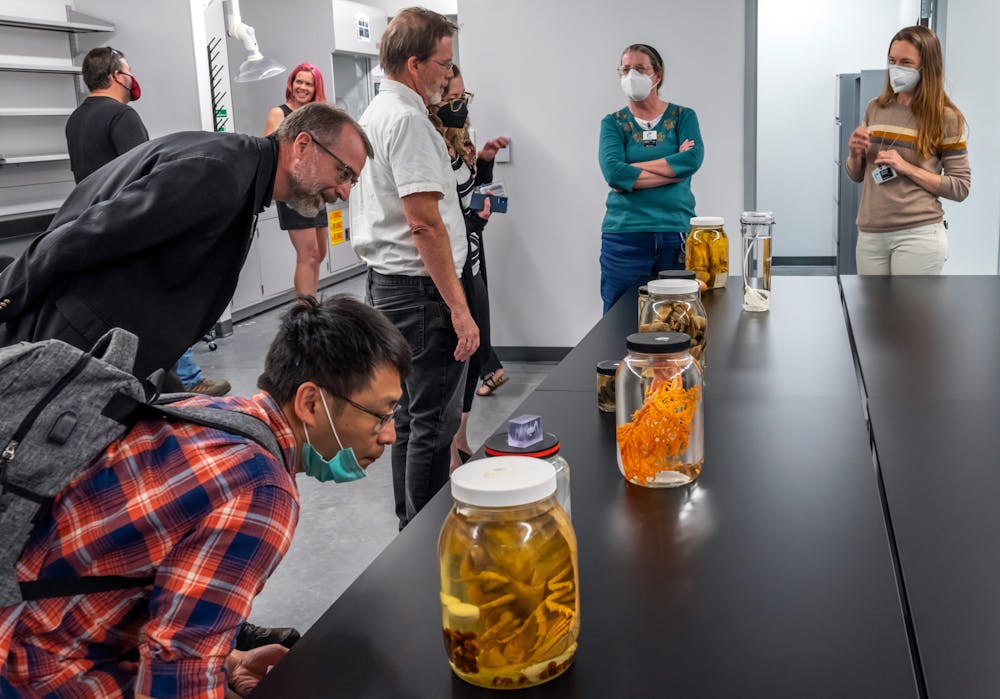The Florida Museum of Natural History is undergoing a long-awaited makeover.
The state-sponsored museum has become the latest subject of UF expansion, with the finished construction of its Special Collections Building set for September.
Located next to the museum’s exhibit hall, the new facility will serve as a hallmark of the Florida Museum’s departments of ichthyology (involving fish), herpetology (involving amphibians and reptiles) and invertebrate zoology. It will house the wet collections that have propelled student researchers’ work, with more than 23,000 square feet of laboratory spaces, concentrated shelving systems and offices.
The creation of the Special Collections Building represents a significant change for those involved in specimen-assisted research, Florida Museum Director Douglas Jones said.
“It’s really a big step forward,” Jones said. “We've already gotten one grant from the National Science Foundation to help in the curation of the specimens.”
The Florida Museum’s wet collections — the extensive selection of all its specimens preserved in alcohol — comprise nearly 9,300 different fish species and varying types of reptiles, amphibians and insects. Once they are moved from their original location at Dickinson Hall to the Special Collections Building, they’ll represent an ever-growing collection of species from around the world.
Robert Robins, the museum’s Ichthyology Collection Manager, said transporting such a large volume of specimens requires meticulous barcoding and storage efforts. The fish collection involves more than 190,000 jars of alcohol and up to 120,000 stainless steel tanks of the same liquid, each containing various fish specimens.
“We are putting a barcode label on every single container so that we can reorganize them in the new building in a more space-efficient arrangement,” Robins said.
Before specimens arrive at the Special Collections Building, collection assistants arrange them by jar sizes ranging from four ounces to five gallons. They are then entered into a database to be packaged into dish barrel boxes and transported to the new building through box trucks.
“The move is a huge opportunity to improve the organization of this collection and make [its] … access to researchers far more efficient than it has ever been,” Robins said.
Marcel Kouete, a research assistant at the Florida Museum of Natural History, said the Special Collection Building’s wet collections play a large role in sample acquisition for his research.
Focused on amphibians in Central African regions, he relies on the new building to access otherwise unattainable materials.
“[In] Central Africa, for example, there’s no salamander as of now,” Kouete said. “But through the museum, I have access to … the frogs and salamanders … that people have collected in some other part of the world.”
Kouete commended the Special Collections Building for its functionality, noting that its size and specimen organization system have improved his on-campus research experience.
“We used to be crammed into a small space,” Kouete said. “It [was] difficult to have a space for yourself to be able to work … The space for collection is much more accommodating.”
While the Florida Museum’s wet collections haven’t yet fully completed their transfer, researchers like Kouete appreciate the progress of the large-scale endeavor.
“It’s kind of rewarding … to be able to have an environment which is conducive for research,” he said.

Halima Attah is a first-year journalism student and university reporter for The Alligator. When she’s not writing, you can probably find her thrifting on Depop or listening to her carefully curated Spotify playlists.






